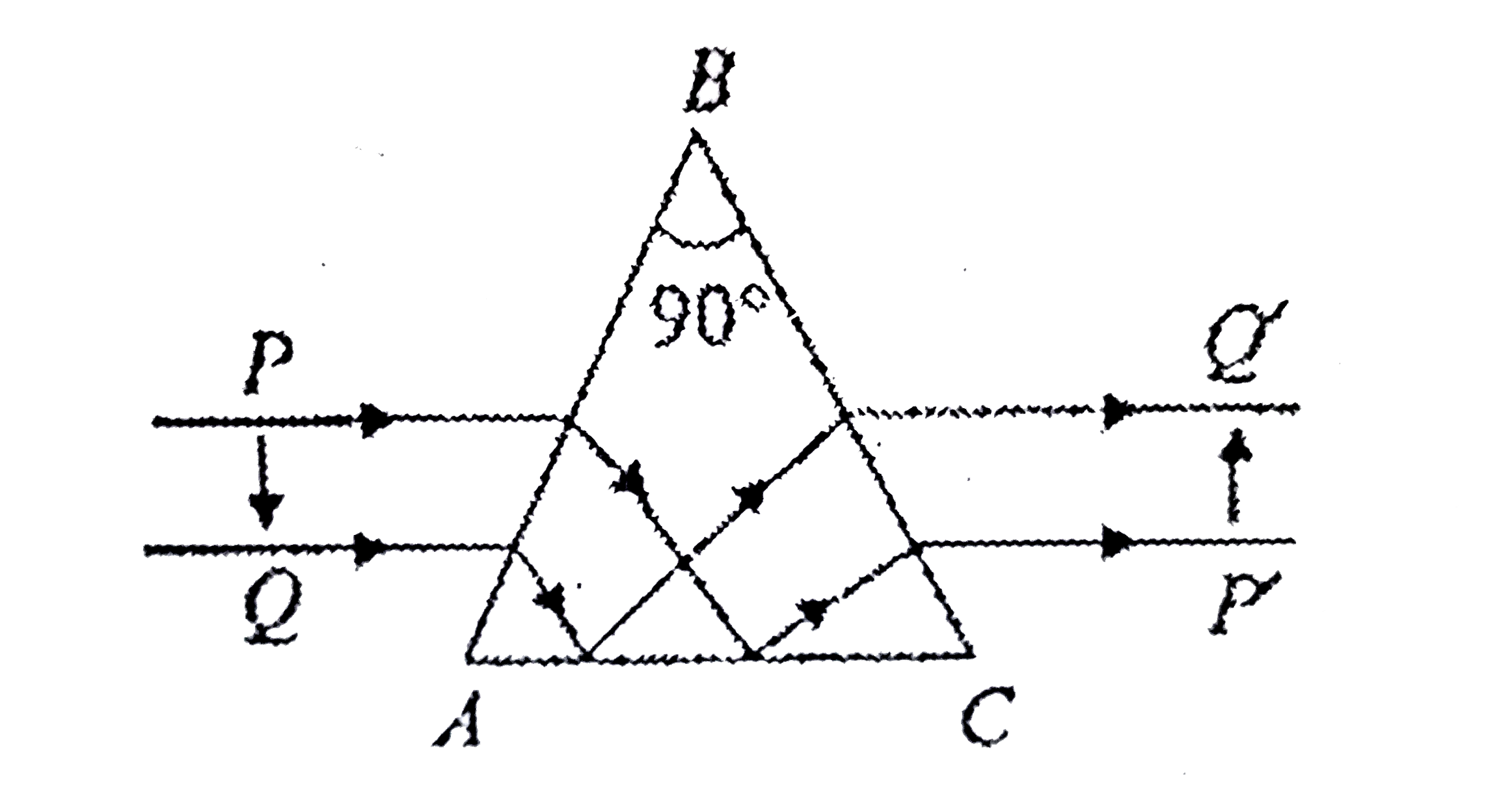A
B
C
D
Text Solution
Verified by Experts
The correct Answer is:
|
Topper's Solved these Questions
AIIMS 2008
AIIMS PREVIOUS YEAR PAPERS|Exercise PHYSICS|60 VideosView PlaylistAIIMS 2010
AIIMS PREVIOUS YEAR PAPERS|Exercise PHYSICS|60 VideosView Playlist
Similar Questions
Explore conceptually related problems
Knowledge Check
Similar Questions
Explore conceptually related problems
AIIMS PREVIOUS YEAR PAPERS-AIIMS 2009-PHYSICS
- Assertion : Liquid molecules have greater potential energy at the melt...
03:05
|
Play - Assertion : The bob of a simple pendulum is a ball full of water, if a...
04:10
|
Play - Assertion : Electric potential of earth is taken zero. Reason : No e...
01:36
|
Play - Assertion : A charge, whether stationary or in motion produces a magne...
Text Solution
|
Play - Assertion : Magnetic susceptibillity is a pure number. Reason : The...
Text Solution
|
Play - Assertion : Transformers are used only in alternating current source n...
Text Solution
|
Play - Assertion : A total reflecting prism is used to erect the inverted ima...
02:18
|
Playing Now - Assertion : The edges of the images of white object formed by a conca...
02:06
|
Play - Statement-1: Photon has definite momentum though it has no rest mass. ...
00:57
|
Play - Assertion:- A photocell is called an electric eye. Reason:- The elec...
01:35
|
Play - Assertion : Nuclei having number about 60 are most stable. Reason : ...
Text Solution
|
Play - Assertion : In a common-emitter amplfier, the load resistnace of the o...
03:27
|
Play - Assertion : Most amplifiers use common emitter circuit configuration. ...
Text Solution
|
Play - Assertion : For an isothermal process in an ideal gas, the heat obsor...
03:09
|
Play - Assertion : When hot water is poured in a beaker of thick glass, the b...
Text Solution
|
Play - Assertion : Generally the path of a projectile from the earth is parab...
07:02
|
Play - Assertion : Angular speed of a planet around the sun increases, when i...
03:38
|
Play - Assertion : The size and shape of the rigid body remains unaffected un...
03:04
|
Play - Assertion : Impulsive force is large are acts for a short time. Rea...
04:34
|
Play - Assertion : The dimensional formula for product of resistance and cond...
01:16
|
Play
